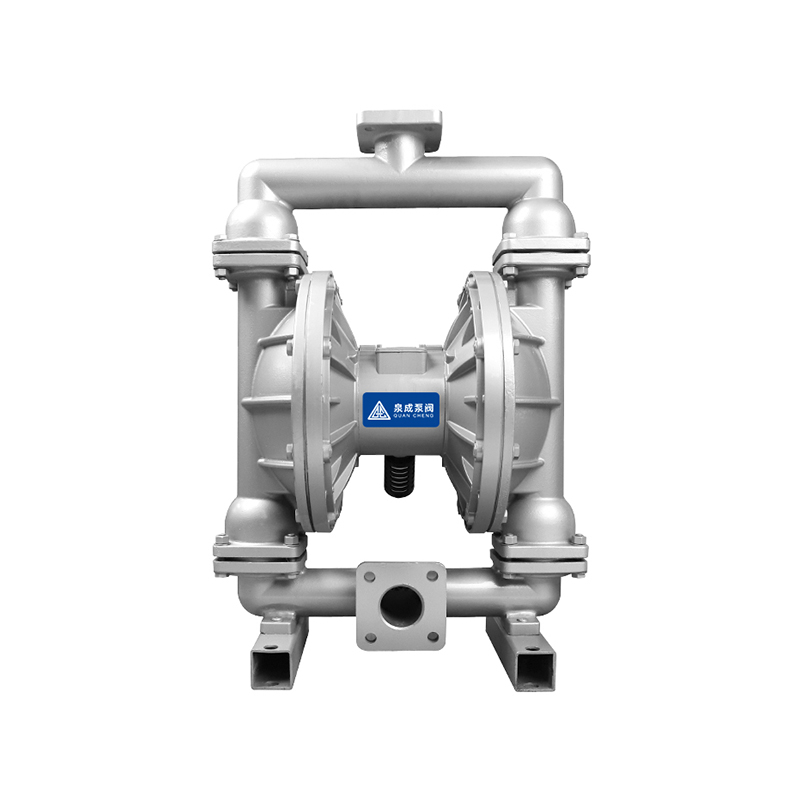Full Automatic Constant Pressure Variable Frequency Water Supply Equipment is a new generation of hi...
See DetailsIs the Intelligent Constant Pressure Water Supply System the Future of Urban Water Management?
Industry News-Traditional water supply systems often face challenges such as fluctuating water pressure, energy inefficiency, and maintenance issues. One promising solution to these problems is the Intelligent Constant Pressure Water Supply System. This innovative system uses modern technology to maintain a stable water pressure in the distribution network, providing a reliable and energy-efficient water supply to urban residents.
What is an Intelligent Constant Pressure Water Supply System?
An Intelligent Constant Pressure Water Supply System is a highly automated water distribution network that uses advanced sensors, controllers, and variable frequency drives (VFDs) to ensure a consistent water pressure throughout the system. Unlike traditional systems that rely on fixed pumps, this system adjusts the water pump's speed based on real-time demand and pressure data. By continuously monitoring factors like water usage, flow rate, and pressure levels, the system can dynamically adjust to provide the optimal pressure at any given time.
The heart of this system lies in its smart control mechanism, which automatically adapts to changes in water demand, thereby maintaining constant pressure even during peak or off-peak hours. This ensures that consumers receive an uninterrupted and stable water supply, regardless of fluctuations in consumption.
How Does It Improve Energy Efficiency?
One of the most significant advantages of the Intelligent Constant Pressure Water Supply System is its ability to optimize energy consumption. In traditional water supply systems, pumps often operate at fixed speeds, which can lead to energy waste when water demand is low. These pumps are typically overpowered to ensure they can meet the highest demand, leading to inefficiency during non-peak hours.
In contrast, the intelligent system adjusts the speed of the pumps according to the real-time demand, using less energy when demand is low and ramping up when more water is required. By using Variable Frequency Drives (VFDs) to control pump speeds, the system can reduce electricity consumption by up to 40%, depending on the variability of demand. This not only lowers operational costs but also contributes to sustainability efforts by reducing the carbon footprint of water distribution.
How Does It Enhance System Reliability?
Maintaining a stable water pressure is crucial for ensuring a reliable water supply, but fluctuations in pressure can lead to issues such as water hammer (a sudden increase in pressure), pipe bursts, and uneven water distribution. The Intelligent Constant Pressure Water Supply System helps to avoid these issues by maintaining a steady pressure, regardless of how much water is being used at any given time.
The smart system provides real-time data and feedback on the performance of pumps and other equipment. This allows operators to monitor the system remotely and perform predictive maintenance, identifying potential issues before they become major problems.
What Are the Benefits for Consumers and Urban Areas?
For consumers, the main benefit of an Intelligent Constant Pressure Water Supply System is the assurance of a stable water supply. Residents in high-rise buildings or areas with fluctuating water pressure often experience issues like low water pressure, inadequate water flow, or inconsistent service during peak demand times. The intelligent system solves this problem by maintaining a constant pressure, ensuring that consumers have access to sufficient water at all times.
For urban areas, the benefits are equally significant. The intelligent system helps to alleviate pressure on existing infrastructure by optimizing water distribution, reducing the need for expensive upgrades to pipelines, and minimizing water waste.










 浙公网安备33032402001888号
浙公网安备33032402001888号
